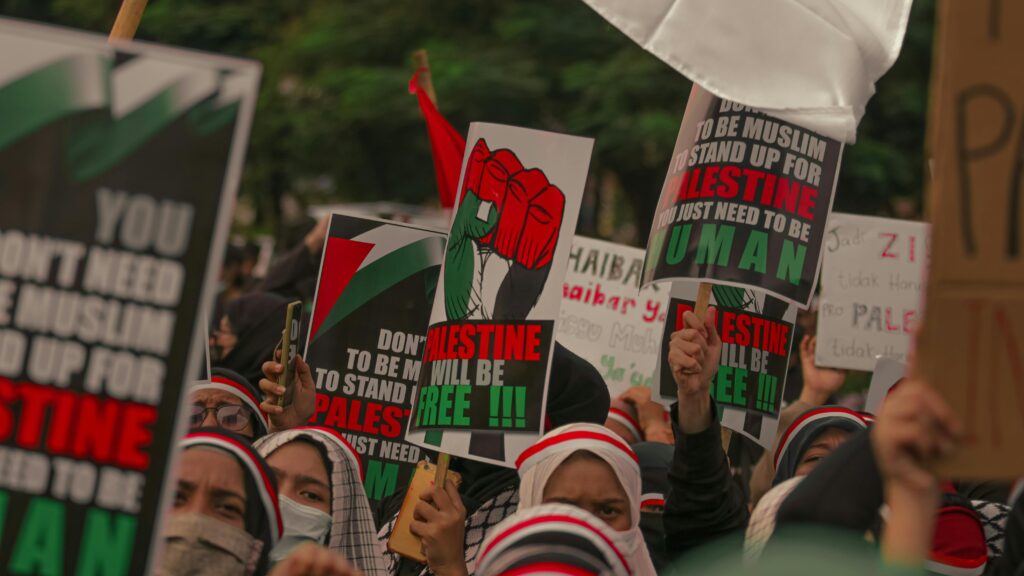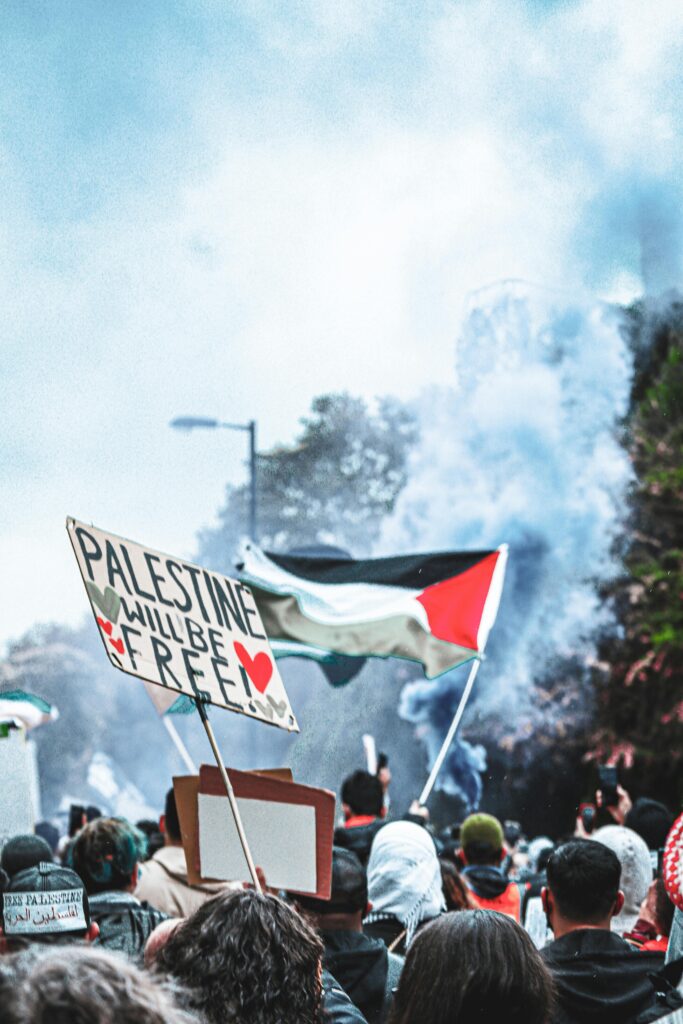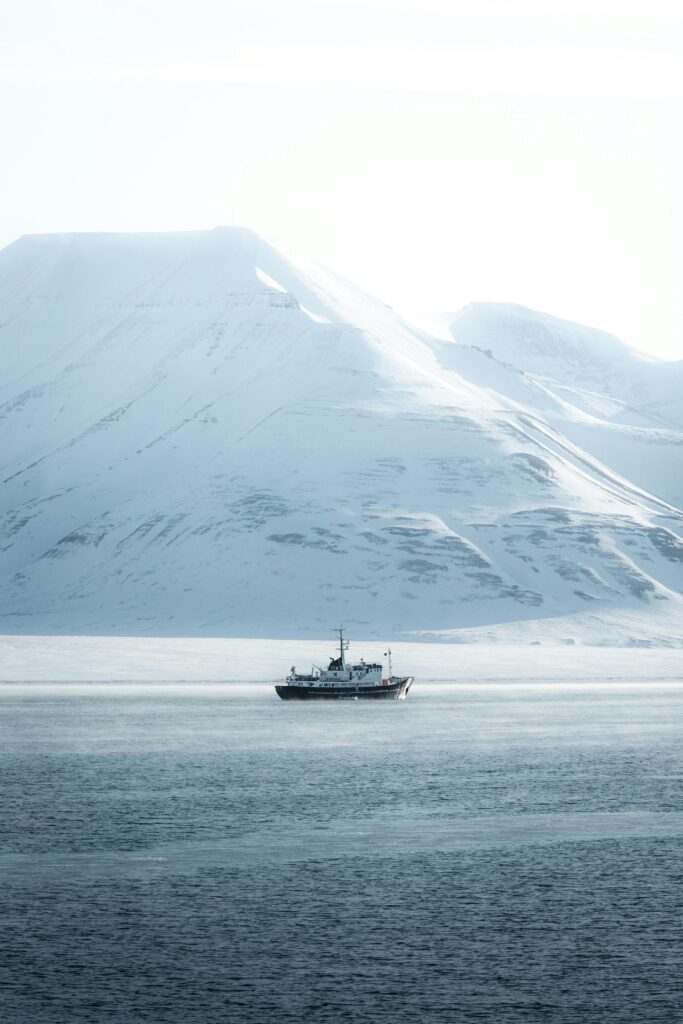
Fearless, focused, and fiercely vocal person, Greta Thunberg. We all know the name and somehow a story too.
She is a symbol of youth-led environmental activism as she challenged world leaders to act on the climate crisis. But Greta’s activism isn’t just about rising temperatures and melting ice caps.
Recently, she has extended her voice to one of the most pressing humanitarian crises: Gaza. But, what is “the” reason that has compelled her to take such big steps when others of her age are just studying and enjoying life?
Let’s take a look at the powerful transition of this fearless person.
Greta And Climate Change Awareness

Greta first learned about climate change when she was just eight years old. Imagine that a girl who is just 8 is changing her lifestyle, becoming a vegan, and refusing to fly on airplanes, just to protect the ecosystem.
When Greta was 11, she was very upset about how little work was being done to stop climate change. She was hopeless, stopped talking, and barely ate. This was later on, when doctors diagnosed her with a type of autism.
Now, in this disease, people often have trouble with social interactions. They also focus deeply on one topic. And in the case of Greta, this focus was climate change.
Her Climate Activism Journey
The start of Thunberg’s journey was when she decided to pressure politicians to take action on climate change. For this purpose, she skipped school and sat outside the Swedish Parliament with a sign that said “Skolstrejk för Klimatet” (which means “School Strike for Climate”).
The first day, as always, was hard as she sat alone. But soon, more people started joining her. Her protest got attention from people around the world. After the election, she went back to school but continued skipping classes every Friday to strike. Later, on these Friday protests became Fridays for the Future.
Her actions also inspired hundreds of thousands of students to hold their strikes in countries like:
- Belgium
- Canada
- The U.S.
- The UK
- Finland
- Denmark
- France
- Netherlands
Transitioning from Climate Activism to Humanitarian Aid To Gaza

No doubt, Greta’s global attention was due to her powerful climate activism, but over time, her focus shifted to human suffering as well.
Greta realized that climate change just does not harm the environment; it also makes life harder for people. Droughts, floods, and food shortages are major causes of poverty, migration, and even conflict. So, in Greta’s point of view, helping the planet means helping people.
The non-stop violence and genocide that have been occurring in GAZA could not stop Greta from staying silent. Where many mainstream journalists, activists, human rights authorities, and feminists stayed quiet, she publicly expressed her support for the people of Gaza, urging world leaders to protect civilians, provide aid, and stop the Genocide.
Current Situation In Gaza
As everyone knows, Israel has blocked aid from entering Gaza, and it has kept a tight blockade on the area.
But over the past 11 weeks, the situation has worsened as there is a serious hunger crisis. Experts from the IPC Global Initiative say that all 2.2 million people in Gaza are now facing life-threatening food shortages.
Madleen’s Journey To Gaza

Madleen is an 18-meter sailing boat that left the Port of San Giovanni Li Cuti in Catania, Sicily, Italy, on June 1. The journey began with a mission to break the blockade on Gaza and deliver humanitarian aid.
There were 12 people on board the Madleen: 11 activists and 1 journalist. Some of the people on board include:
- Greta Thunberg, a climate activist from Sweden
- Rima Hassan, a French-Palestinian Member of the European Parliament
- Yasemin Acar, From Germany
- Baptiste Andre, Pascal Maurieras, Yanis Mhamdi, and Reva Viard, From France
- Thiago Avila, From Brazil
- Suayb Ordu: From Türkiye
- Sergio Toribio: From Spain
- Marco van Rennes: From the Netherlands
- Omar Faiad: A journalist with Al Jazeera Mubasher, from France
What is it carrying?
Madleen is carrying urgent supplies for the people in Gaza. These include:
- Baby formula
- Flour
- Rice
- Diapers
- Women’s hygiene products
- Water purification kits
- Medical supplies
- Crutches
- Prosthetic limbs for children
The End Of The Journey

On June 9, Israeli navy forces stopped the Madleen about 185 to 200 kilometers away from Gaza, in international waters. They used:
- Drones
- Blocked the boat’s communication,
- Sprayed a white substance
The boat was then taken to the Israeli port of Ashdod.
All 12 people, after arriving in Ashdod, were given medical check-ups and told they would be sent back to their countries through Ben-Gurion Airport.
2 of them are deported, including Greta; however, others were detained.
The Freedom Flotilla Coalition (FFC) said that the Israeli military had attacked the ship and illegally boarded it. The ship was trying to bring food and medical aid to Gaza, where over 600 days of war and an 11-week total blockade have caused a serious hunger crisis for the 2.1 million people living there.
Conclusion
Activism has no limits, and Greta proved it. The journey of Madleen might have ended, but the effects of Madleen are here to stay. We can already see the people from almost 50 countries marching towards Gaza. The question is not whether they will reach or not, but whether states like America or Israel’s allies would pay attention or not.
Greta did what she could and will probably continue being the voice of the people in Gaza. Her decision proves that caring for the planet also means caring for the people who live on it.
A lot of people have criticized her shift in focus, but people don’t realize is looking at the bigger picture. Whether it is about saving our climate or delivering food to starving children, her mission is simple: to fight for a better world.
Now, this leaves us with a question: where do we stand? Do we stand up and voice our rights at all, or just wait in a queue before the same fire knocks on our doors?

